
Honor 7: Camera Samples from the 20-megapixel Sony IMX230 sensor
At the start of the week I took delivery of the Honor 7, a £249.99 phone that can be picked up for as little as £210 if you can secure one of the £40 discount vouchers on the Honor vMall.eu store.
(Tip: The next promotion starts September 21st, so if you read this in time it’s worth popping over to the store right now to register and then await your voucher by email next week).
Anyway, back to the phone. I’ll start on my review later, but I wanted to start off by testing out the 20-megapixel camera on the phone. It marks a big change from the 13-megapixel camera installed on the Huawei P8 and, more recently, the Mate S (you can see my photos from the Mate S here).
The Honor 7 uses Sony’s IMX230 image sensor with phase detection autofocus, which can focus in around 0.1 seconds. It also has a dual-tone LED flash, and a front-facing 8-megapixel camera with an adjustable (brightness) LED lamp.
Initial fears
Many of the early photos I saw before getting my own phone, plus some of the photos I’ve published below, show a high level of grain. There’s even evidence of the same ‘oil painting’ effect when the light gets low and you view the photos at 100% (click on any photo in the galleries below and you can download the full-resolution images).
It seems the phone is very quick to increase the ISO levels, resulting in photos that can’t stand up to scrutiny beyond the phone display, or reduced in size when uploaded to social media. Perhaps this means it won’t matter for many people, but it means you can’t expect anything remotely as good as the photos from the LG G4.
Mind you, despite my sheer love for the G4 camera, even after just three full days with the Honor 7, I can state that the battery on the Honor 7 has proven to be above expectations. The G4 might take better photos, but not when it has run out of juice by early afternoon… In 14 hours, I managed 6 hours 35 minutes of screen on time before the battery fell to 6%.
That should help eradicate most people’s battery anxieties.
It seems that a unique feature of the Honor 7 is that the image processing algorithms can be changed in software, albeit requiring a firmware upgrade. My Honor 7 comes with the very first release (B100) so hopefully there will be updates in the future that will improve things further.
But, as ever, you don’t need to read my opinions as you can see the photos for yourself. Bear in mind that I’ve not yet had time to properly get to grips with the phone and I’ll be taking many more photos in the future.
No go Pro
Finally, while Huawei added a Pro camera mode to the Mate S, there’s no such feature on the Honor 7. There’s no 4K video recording (not that there is on the other models), but you do have a new good food mode, burst mode, a range of live filters, a ‘best photo’ mode that tries to pick the best shot from ten, all-focus, panorama, light trail effects, and a photo with attached audio clip. [Edit: Corrected a previous error that said the Honor 7 didn’t have the light trail effects]
Plus, the super night mode that has become a standard Huawei/Honor feature and really rewards users who can sit their phone perfectly still for a 10-30 second exposure.
Normal
Macro
Macro shots are usually good on any phone, and there’s no exception here although the wine glass isn’t quite as sharp as it could have been.
HDR
Unlike HDR on any Huawei/Honor phone I’ve used before, there’s a distinct delay in capturing a shot that leads to blurring. Of course the need to combine more than one shot (at different exposures) will always result in a risk of this on moving images, but it’s more noticeable on here.
What’s more, the phone appears to choose HDR automatically at times (although it doesn’t show anything on screen) so even if you don’t activate it because you know it will blur, it does it anyway. The end result, a totally useless photo.
Hopefully something that will be fixed in a future firmware update.
Selfie mode

Super Night Mode
The following photo was taken by me pressing the phone up to a (double glazed) window, as you need to keep the phone perfectly still for such long exposures that can range from 10 to 30 seconds. There are also manual controls if you prefer.
This mode really requires the use of a tripod/camera grip, and obviously doesn’t work with anything that moves!
It’s a great mode for landscape shots however, and is well worth playing around with. The same feature exists on many other Huawei/Honor phones and appears to produce similar results regardless of the image sensor used.


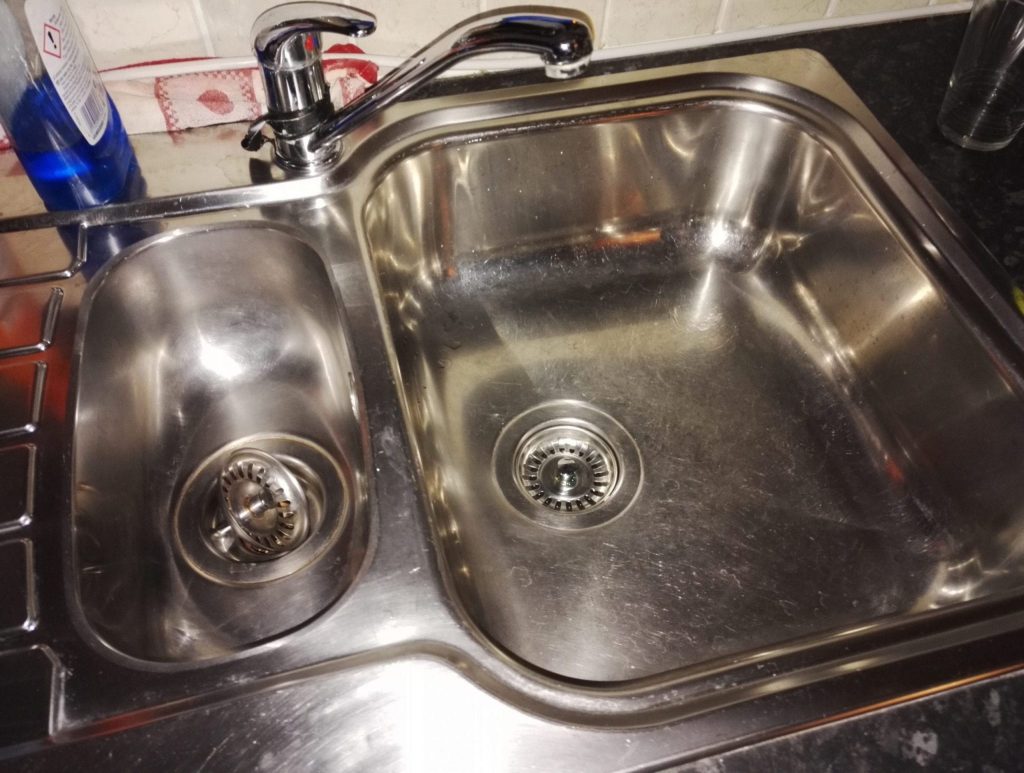


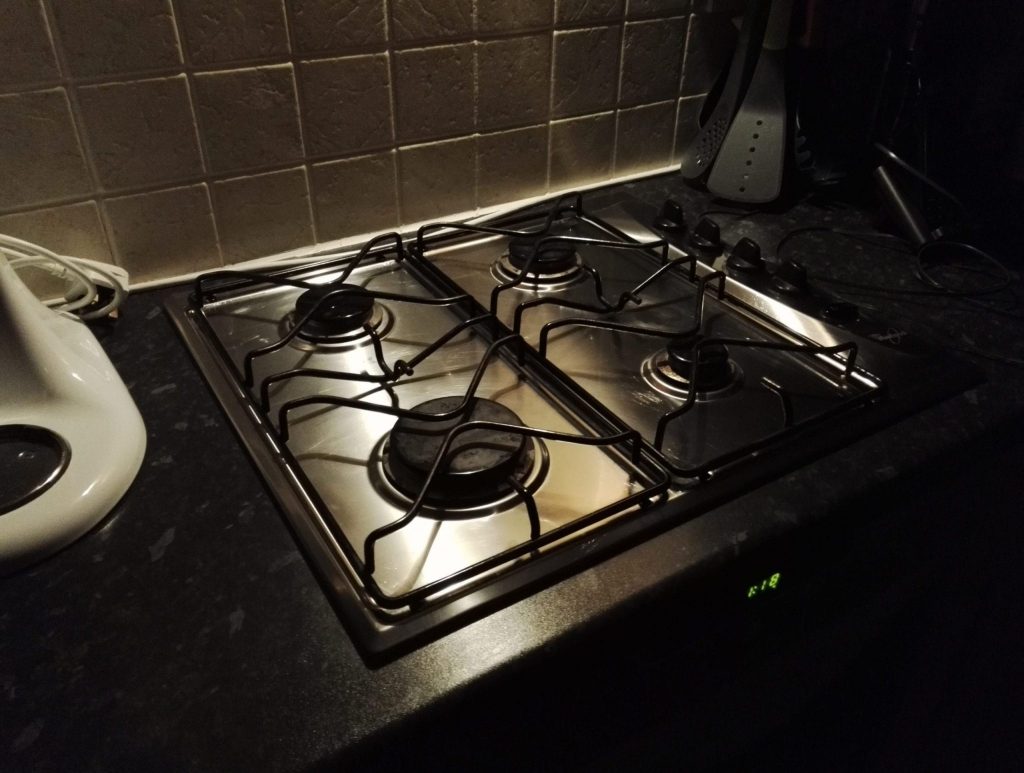




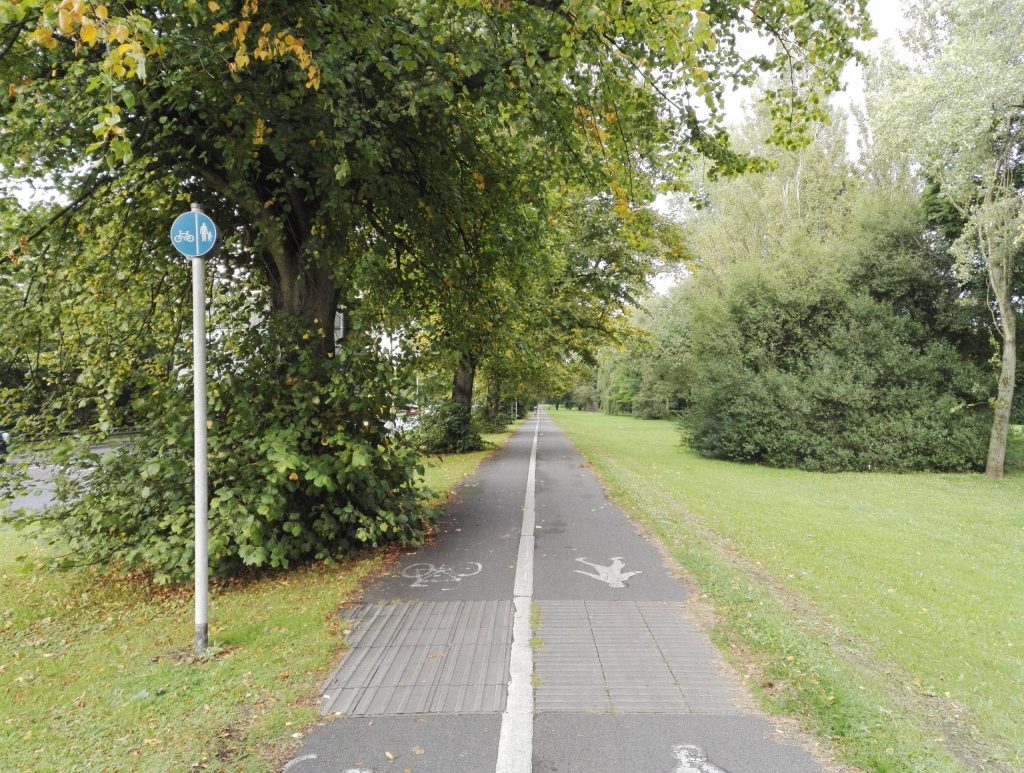
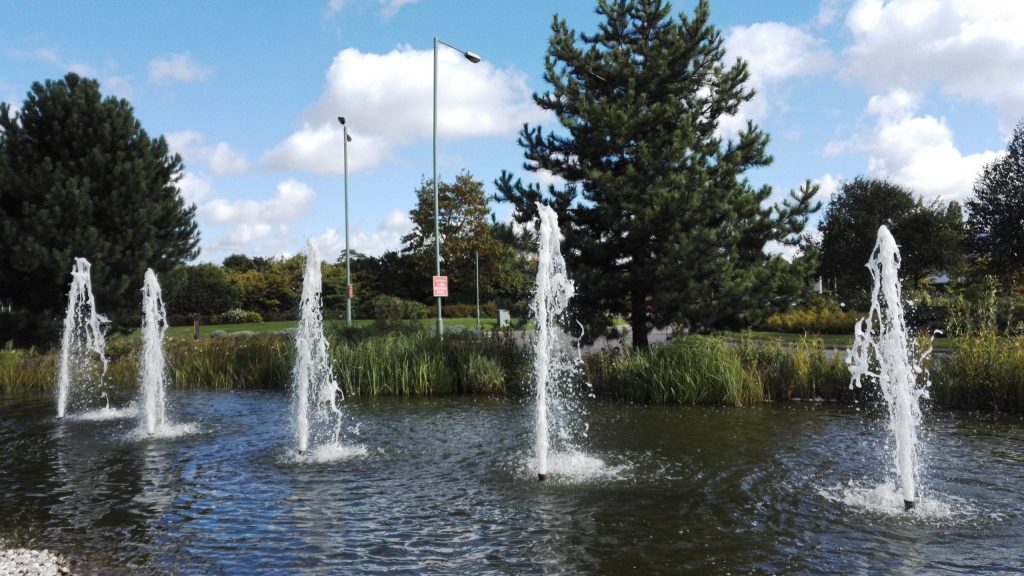


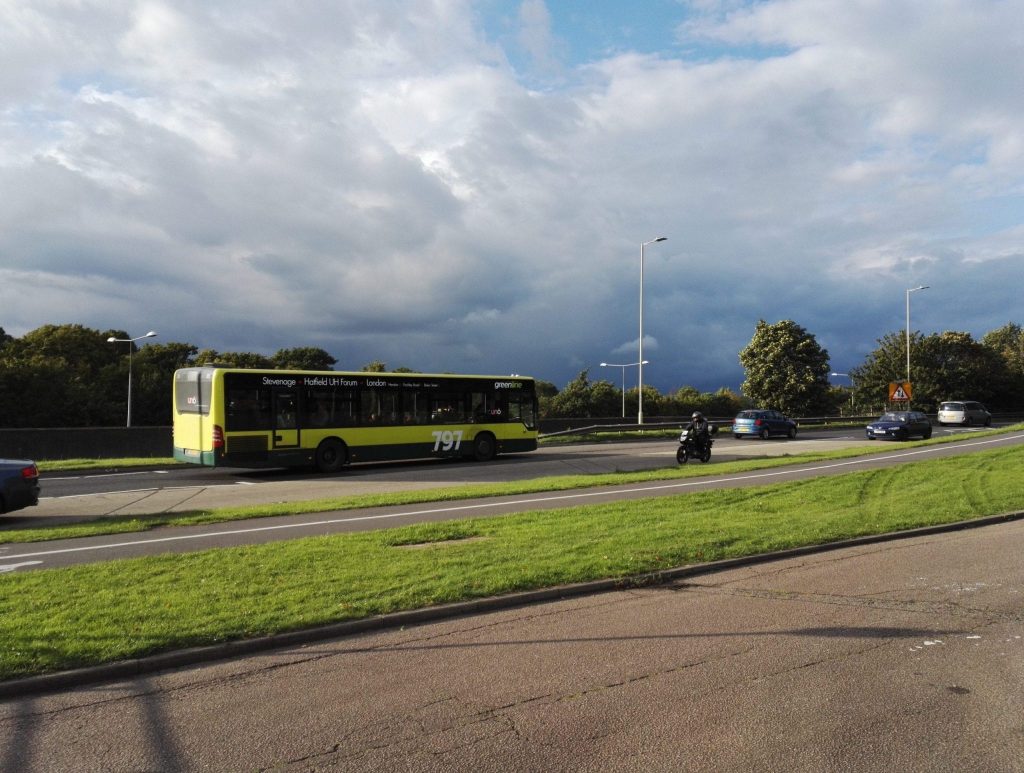

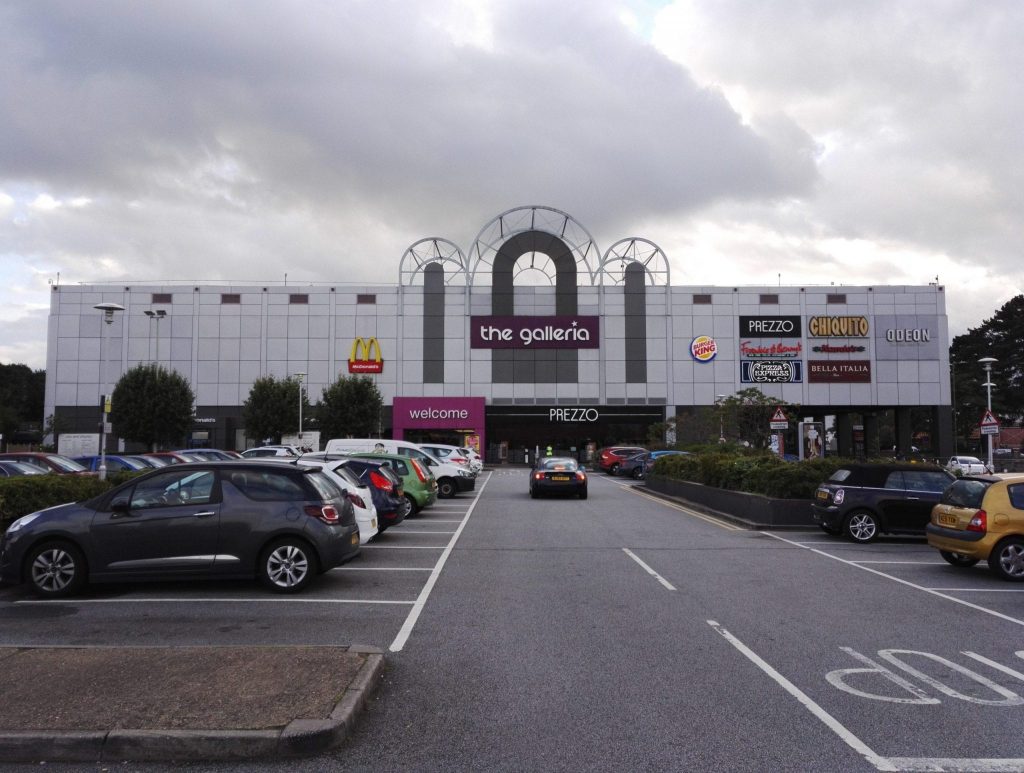



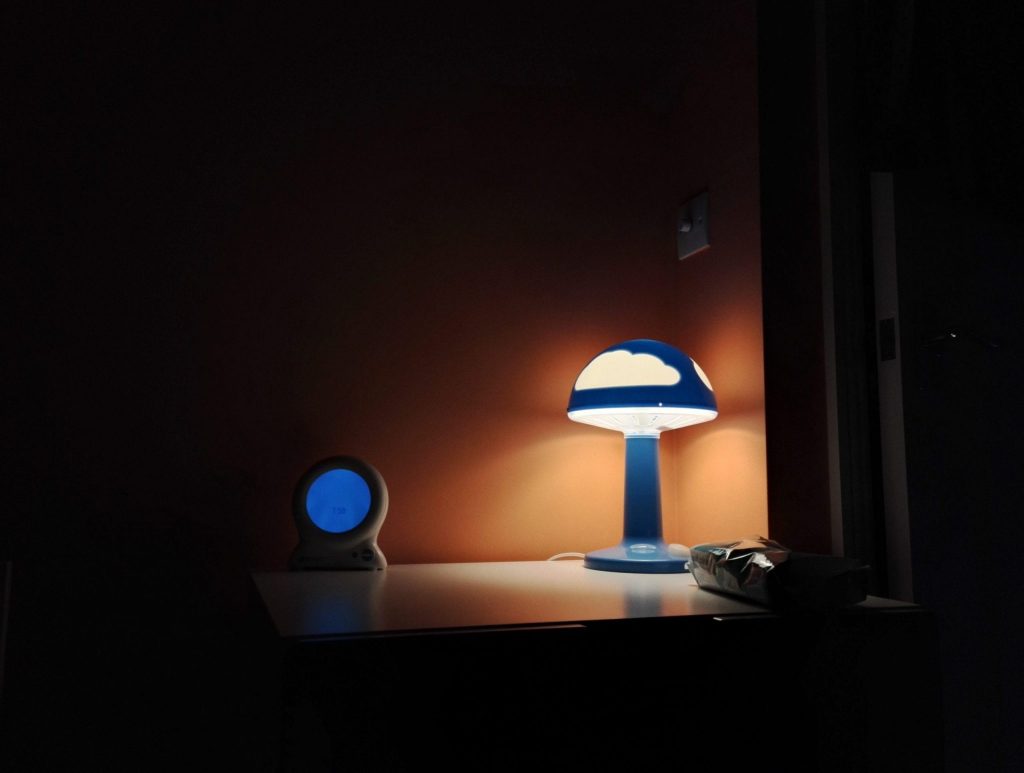

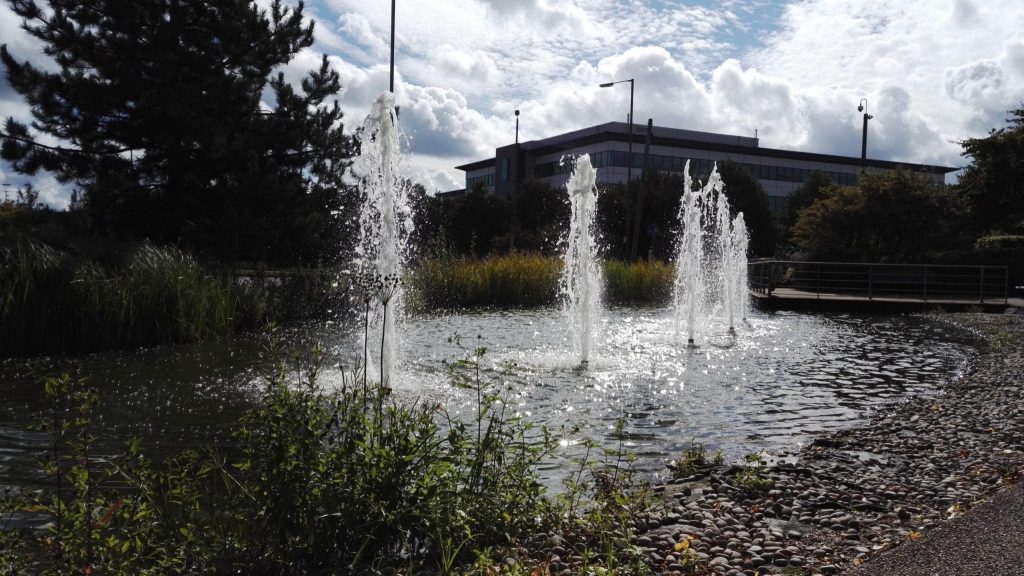




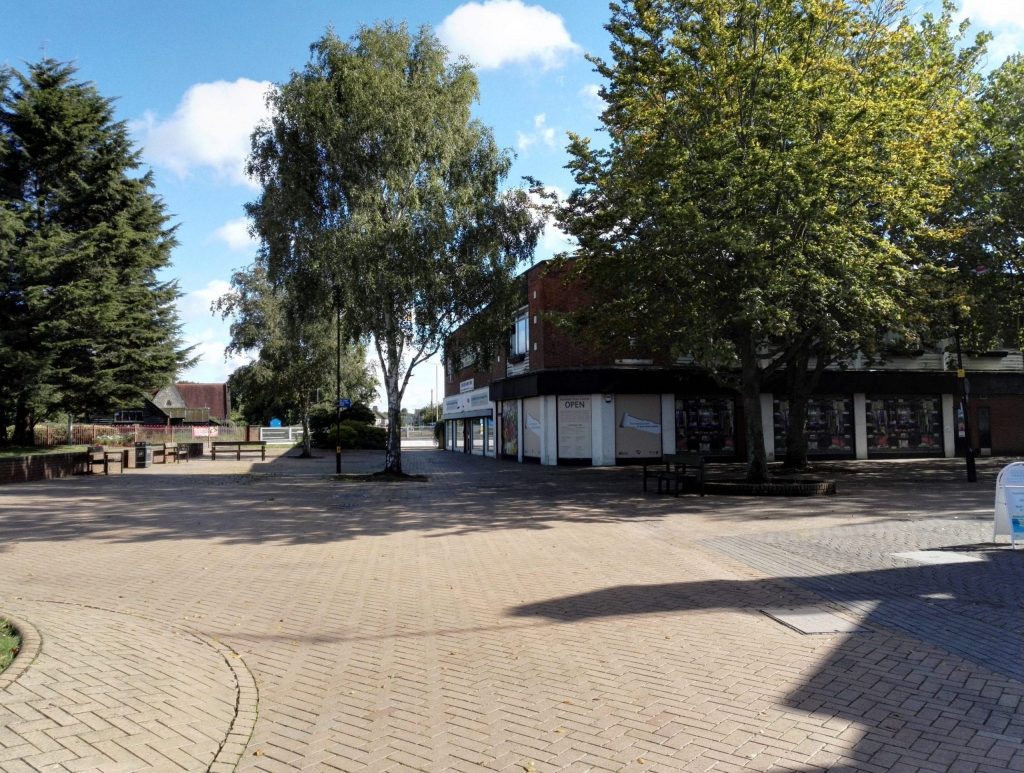




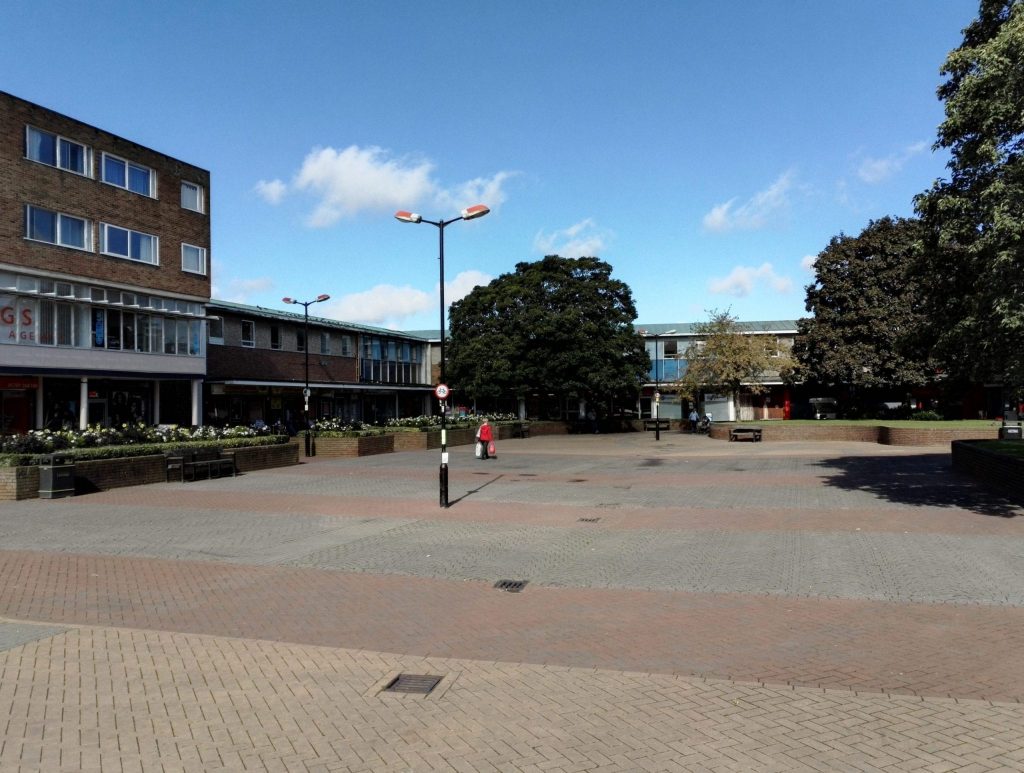







The pictures taken with honor looks great. Wana ask you does mobile really matter to pictures taken with Imx230 or it is only hardware dependent?
Using: Infinix, Result not satisfying.
Nice review. Thanks.
FYI: Photographers consider 1:1 as true macro (i.e. an 24x36mm object will fit in the viewfinder.
Your wineglass, and probably the yellow flower, are closeup’s.
Those pictures are unbelievably amazing. I just can not believe myself that these images were taken by Honor 7. I have been planning to buy an Honor 7 enhanced edition, therefore, watched few reviews on the YouTube. Almost all of the reviews say the images are decent in good light and it struggles in low light. I have seen their samples which did not satisfy me. I even tried the camera in an Electronic shop found the images hazy. However, I just wonder how did you capture those images. The image quality here is more than enough to share in the social sites. The color of the sky, the water etc. look natural here. The image quality in LG G4 might be stunning but the color production in your samples is truly impressive. Thumbs up!!
Thank you bro nice photos, i will buy this phone.
Does the Honor 7 supports any Camera2 API Features? (Raw Capture, etc..)
How about digital image stabilisation on videos. Does the device supports it?
No OIS and no RAW support. There is software stabilisation on video.
U didn’t actually answer his question. So let me ask it again – does Honor 7 support CAMERA2 API????
I did answer, but to clarify again; No, it doesn’t.
The super night mode picture, was it taken hand held?
No, it was pressed up to a (double glazed) window, hence some reflection. It was about 25 seconds, so ordinarily you’d need a tripod or some fixed grip for this mode. Should have explained this on the post, sorry!